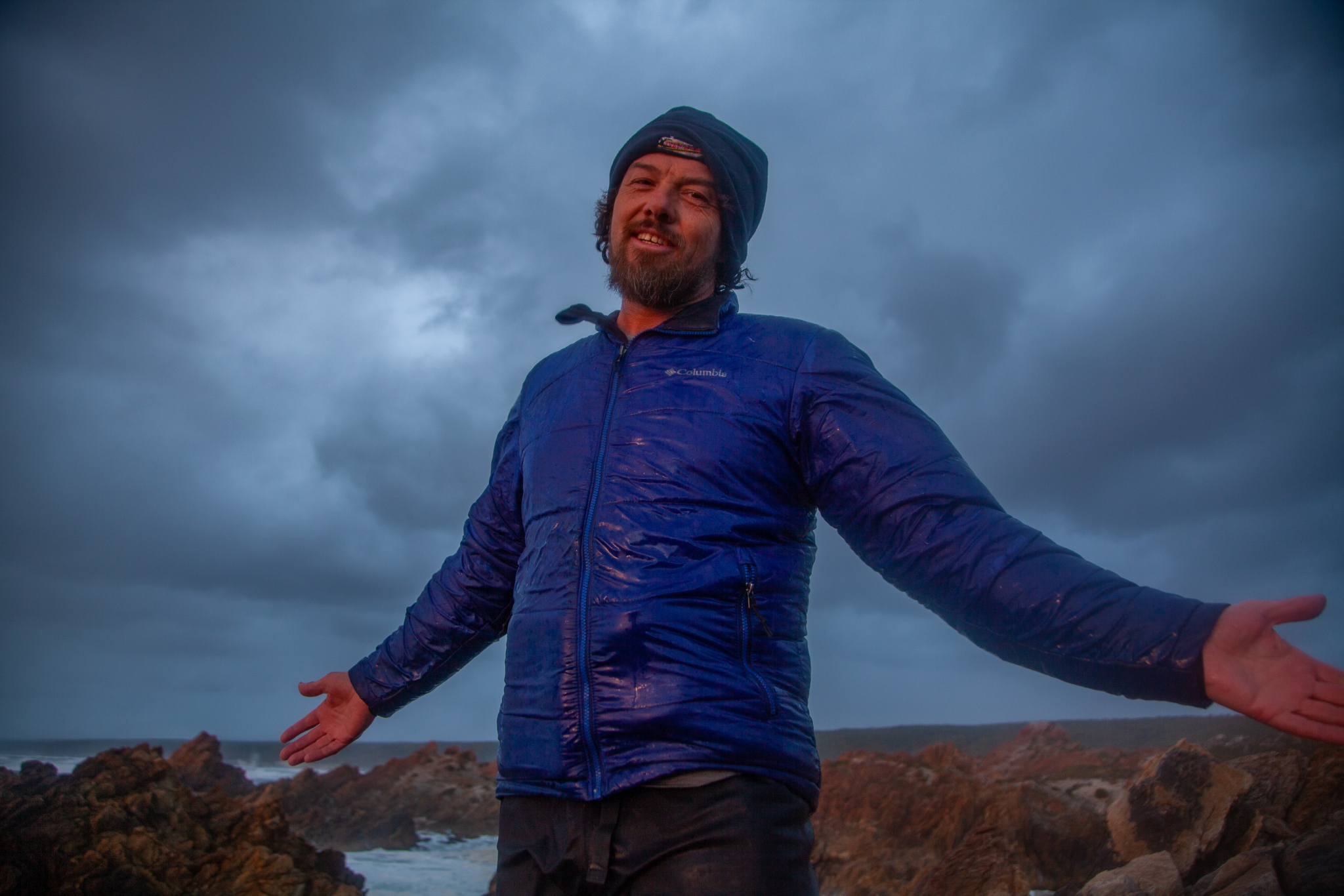
Is ecotourism in Tasmania destroying its natural state?
The South Coast Track (SCT) in the Southwest National Park of Tasmania is considered one of the world's greatest coastal wilderness walks - many say it is the best. The SCT has a reputation for wild weather, knee-deep mud and a true sense of remoteness - an escape from the everyday.
Hikers typically take seven days to traverse the SCT, crossing two mountain ranges, tannin stained rivers, primordial rainforests and a myriad of stunning ocean beaches. They will switch off their electronic devices and tune into the rhythm of life on the track - the simplicity of taking one step after another and paying attention to the wonders of a world in its natural state and the pulse of their own breath.
The South Coast Track is an 85 kilometres long route maintained over the years by the Tasmanian Parks and Wildlife Service, but long before such bureaucracies existed the entire landscape of Tasmania was tended for over 40,000 years by the palawa people - clans of Tasmanian Aborigines. In fact the SCT traces ancient trading routes and is the centre of their Creation story - the place where humans first came to Earth at the beginning of time. The original EarthMob!
This sacred place is now being targeted by commercial development. This Australian Geographic article details how that is happening.
The South Coast Track is just one area being targeted in Tasmania.

On a pristine lake in the Walls of Jerusalem National Park a 10 hectare island has been leased to a property developer to build huts for a helicopter tourism operation. Locals who have visited this island for over 70 years are locked out and could be fined or jailed for trespassing. All this inside a national park.
The debate around aerial access and intrusion in national parks is a global one with many lamenting the loss of wilderness and feeling of remoteness wild places engender. Do we have a right to silence when visiting our national parks?
The fight to stop the helicopter tourism development on Halls Island / Lake Malbena has galvanised opposition from fly fishers, bushwalkers, conservation groups and the broader community that are furious public protected lands are being carved out for developments that can only degrade wilderness values.
And this is true wilderness.

The four major national parks in Tasmania link together as the Tasmanian Wilderness World Heritage Area (TWWHA). The TWWHA is the only world heritage area with wilderness in its name and is one of only two world heritage areas that satisfy seven out of ten criteria for world heritage status. This makes the TWWHA, arguably the most valuable world heritage area on earth.
The International Union for the Conservation of Nature (IUCN) has listed the TWWHA as "In Danger", citing the impacts of climate change as the primary reason for concern but lists tourism development as the other reason for concern. Helicopter tourism and luxury lodges that endanger wildlife, introduce pathogens and degrade wilderness will exacerbate the danger to the TWWHA.
Commercial development in national parks is not just a Tasmanian problem. It is occurring at a remarkable rate around Australia and across the world. This land grab by developers can't sit under the moniker of "eco-tourism", it must be labelled what it is - tourism that destroys nature.

Several groups are fighting to protect the integrity of their national parks.
The Tasmanian National Parks Association
The Wilderness Society Tasmania


Dan Broun
More content you might like...

Save the Sepik - No Frieda River Mine
This video follows the steps of Save The Sepik campaigners who travel the Sepik river to bring awareness and collect the views of the people on the Frieda Mine.

The Toxic Truth
This film, hosted by British television personality Miriam Margolyes spells out just how toxic mass produced protein, in the form of Atlantic salmon, is as a food stuff. Toxic for human consumption, toxic for the marine environment and toxic for the community. - a story repeated in hundreds of communities around the world.

How We're Saving One of Earth's Last Wild Places
Navigating territorial hippos and active minefields, TED Fellow Steve Boyes and a team of scientists have been traveling through the Okavango Delta, Africa's largest remaining wetland wilderness, to explore and protect this near-pristine habitat against the rising threat of development. In this awe-inspiring talk packed with images, he shares his work doing detailed scientific surveys in the hopes of protecting this enormous, fragile wilderness.